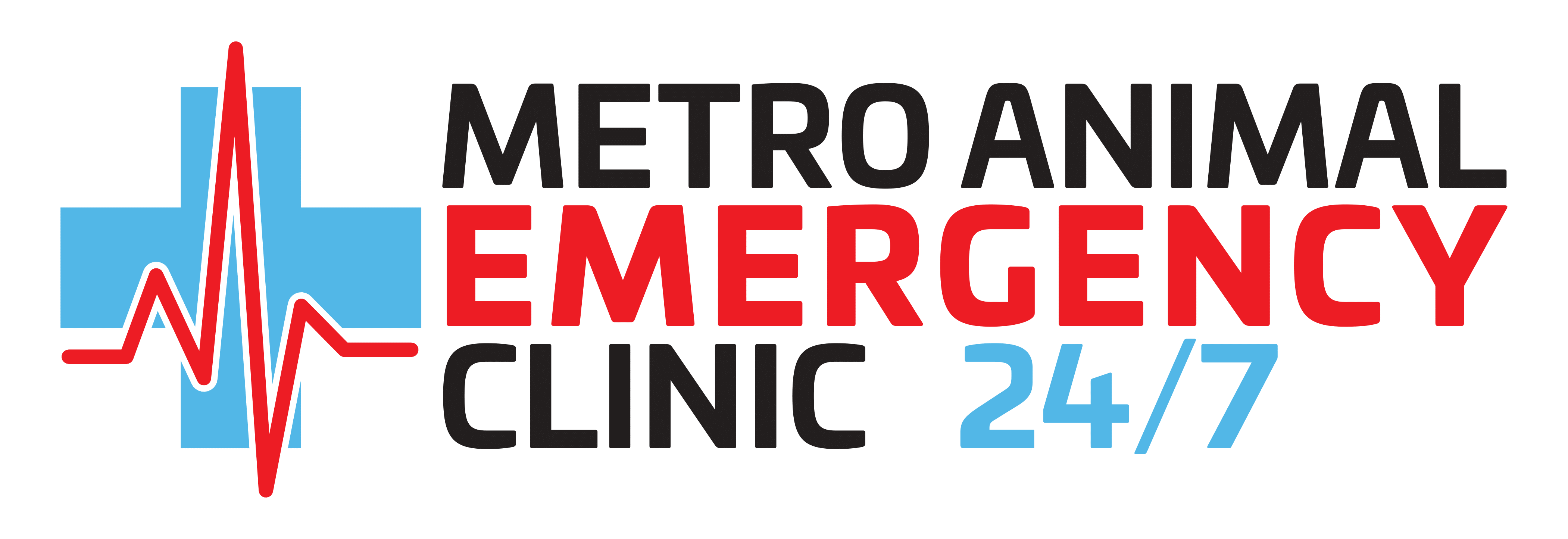Easter Lilies (and others such as the day lily and the tiger lily). For many, the beautiful trumpet-shaped white flowers symbolize purity, virtue, innocence, hope and life — the spiritual essence of Easter. Cat owners, however, need to be especially careful with these beautiful flowers because their leaves contain toxins that can cause severe kidney damage. So far, toxicity has not been reported in dogs.
Eating just one leaf of this toxic plant can result in severe poisoning and within a short time your cat will exhibit signs of toxicity. Minutes to hours after ingestion, your cat may stop eating and begin vomiting. As the toxins begin to affect the kidneys, your pet may become lethargic, and within five days, kidney failure will cause death.
If you suspect your cat has eaten part of a lily plant, it is important that you contact your veterinarian immediately. If treatment is started early, chances for recovery are good, but once the kidneys have been severely affected, your cat may not survive.
Obviously, the best prevention of lily toxicity is to keep the plants away from your kitty. If you bring Easter lilies into the house, keep them in a separate room where your nibbling cat cannot enter.
Plastic Easter Grass and Other Goodies. Like children, cats and dogs love to nibble on goodies in the Easter basket. Unfortunately, our curious pets enjoy everything in the basket, even the colorful plastic grass, toys and foil-wrappers on candies.
Take care to keep Easter baskets away from your dog and your cat. The plastic in Easter grass is non-digestible and can get caught in the intestines, leading to blockage and possible perforation. Cats love string-like objects and often play with the grass before eating it. Once ingested, the grass, as well as small plastic toys, can cause choking or become lodged in the stomach or intestines and create an obstruction.
Your pet may also ingest ribbons, bows, streamers and other decorative items – even ribbons and bows tied around their necks. Don’t be tempted to decorate your puppy or kitty; they don’t enjoy it and it may result in choking or strangulation. Keep these items away from your pet and throw candy wrappers in a covered trash can.
If you suspect that your pet has ingested something that may not pass through his intestinal tract, contact your veterinarian. Waiting until your dog or cat starts to vomit will make removal of the object more difficult and costly. Also, if you notice a sudden loss of appetite, vomiting, excessive drooling or abnormal bowel movements, consult with your veterinarian immediately.
Chocolate Toxicity.
Did you know that chocolate can poison your pet? Chocolate is toxic to both cats and dogs, and other candies and wrappers can become lodged in the stomach or cause your pet to choke.
Chocolate has a high fat content and contains caffeine and theobromine, which stimulate the nervous system and can be toxic if taken in large amounts. Depending on the type of chocolate ingested and the amount eaten, various problems can occur. White chocolate has the least amount of stimulants and baking chocolate has the highest. Here is a list of the most common sources of chocolate and the amount leading to toxicity:
White Chocolate. Mild signs of toxicity can occur when 45 ounces per pound of body weight is ingested. Severe toxicity occurs when 90 ounces per pound of body weight in ingested. This means that a 20-pound dog would need to ingest at least 55 pounds of white chocolate to cause nervous system signs. A 10-pound cat would need to ingest 27 pounds. These high amounts mean that theobromine toxicity from white chocolate is highly unlikely.
Milk Chocolate. Mild signs of toxicity can occur when 0.7 ounces per pound of body weight is ingested. Severe signs occur when 2 ounces per pound of body weight is ingested. This means that a little less than one pound of milk chocolate can be toxic to the nervous system of a 20-pound dog. A 10-pound cat would need to ingest 1/2 pound.
Semi-sweet Chocolate. Mild signs of toxicity can occur when 1/3 ounce per pound of body weight is ingested. Severe signs occur when 1 ounce per pound of body weight is ingested. This means that as little as 6 ounces of semi-sweet chocolate can be toxic to the nervous system of a 20-pound dog. A 10-pound cat would need to ingest 3 ounces.
Instant Cocoa. Mild signs of toxicity can occur when 1/3 ounce per pound of body weight is ingested. Severe signs occur when 1 ounce per pound of body weight is ingested. This means that as little as 6 ounces of semi-sweet chocolate can be toxic to the nervous system of a 20-pound dog. A 10-pound cat would need to ingest 3 ounces.
Baking Chocolate. Mild signs of toxicity can occur when 0.1 ounce per pound of body weight is ingested. Severe signs occur when 0.3 ounce per pound of body weight is ingested. Two small one-ounce squares of baking chocolate can be toxic to a 20-pound dog. A 10-pound cat would need to ingest 1 ounce of baking chocolate. This type of chocolate has the highest concentration of caffeine and theobromine and very little needs to be ingested before signs of illness become apparent.
Once toxic levels are eaten, you may notice restlessness, hyperactivity, muscle twitching, increased urination, and excessive panting. The high fat content in chocolate can also cause vomiting and diarrhea.
Make sure that chocolate is kept in a safe place. If you suspect your pet has eaten chocolate, consult your veterinarian immediately. Animals treated for chocolate toxicity generally recover and return to normal within 24 to 48 hours.
Need a visit? We are here 24/7 for your pet.
If you need anything at all, please call us at 902-468-0674, and we'll be there to provide real-time answers to your questions.

